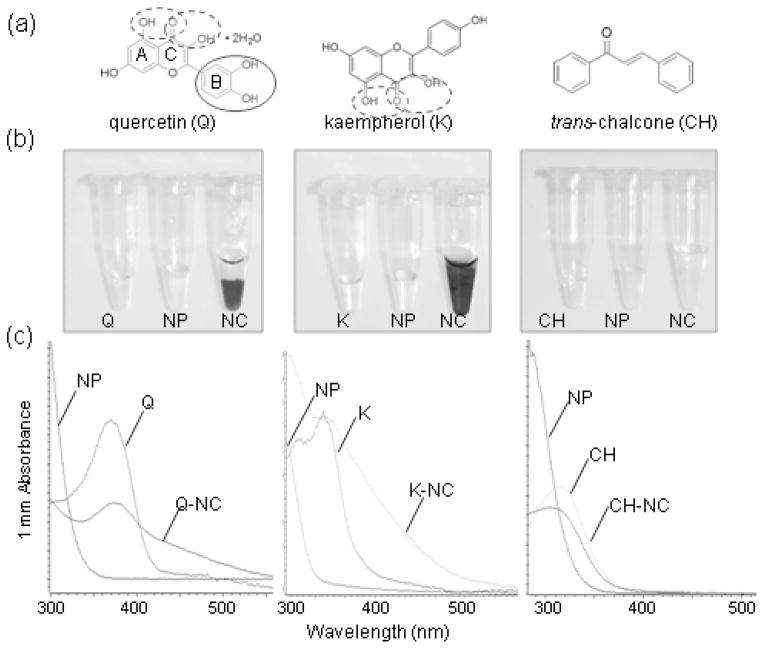Figure 1. In vitro functionalization of phosphorylated TiO2 nanoparticles (NP) with selected flavone aglicones.
(a) Structure of quercetin (Q), kaempherol (K) and trans-chalcone (CH). The catechol group and vicinal hydroxyl groups that may bind to TiO2 NPs are circled. The flavonoid rings A, B and C are labeled.
(b) Appearance of the TiO2 NP suspensions after functionalization with Q, K or CH. Surface functionalization was carried out for 30 minutes at 22°C. thirty minutes-long functionalization at 22°C. Q-TiO2 nanoconjugates (NC) mostly precipitated whereas K-TiO2 NC remained in suspension.
(c) UV-Vis absorbance spectra of TiO2 NP, Q, K, CH solutions and Q-, K- and CH-TiO2- NC suspensions. Phosphorylated ultra-small anatase TiO2 NPs do not absorb light at wavelengths above 350 nm. Compared to the Q and K solutions, the absorbance peak of Q- and K-coated TiO2 NCs was broadened (hypochromic effect of the NP functionalization).

